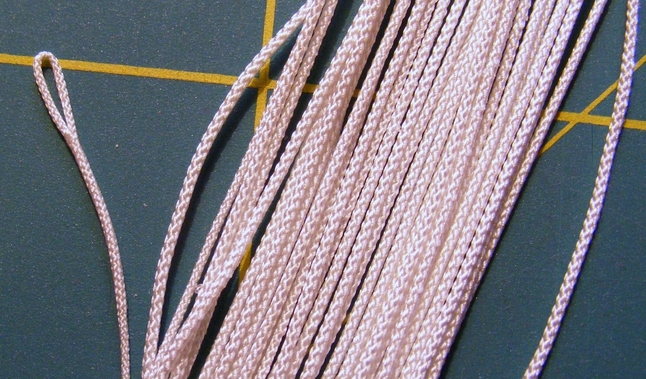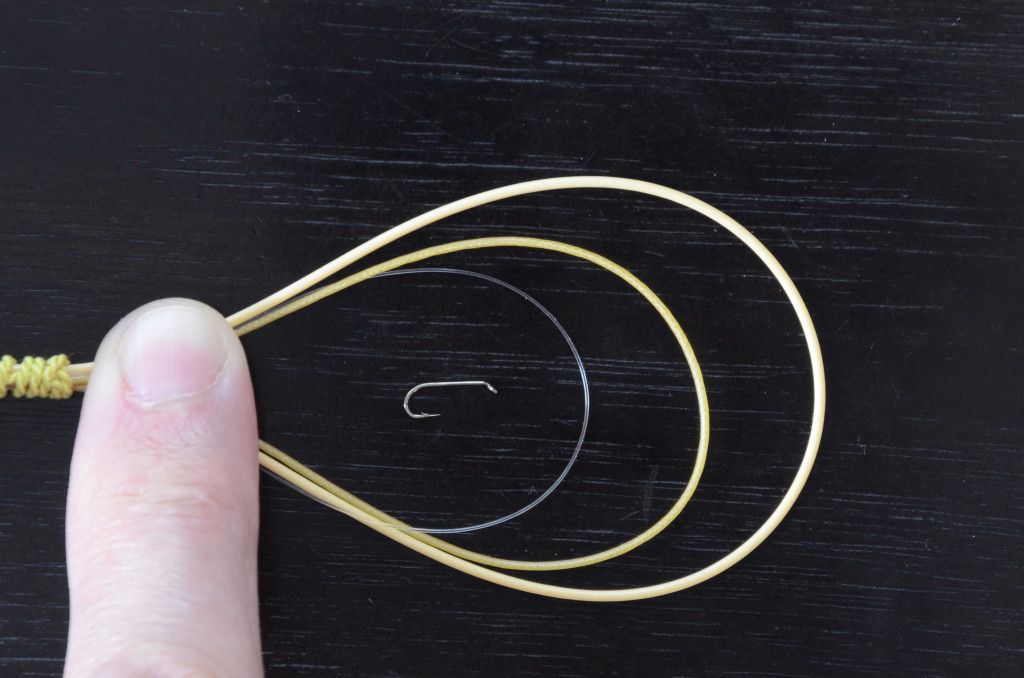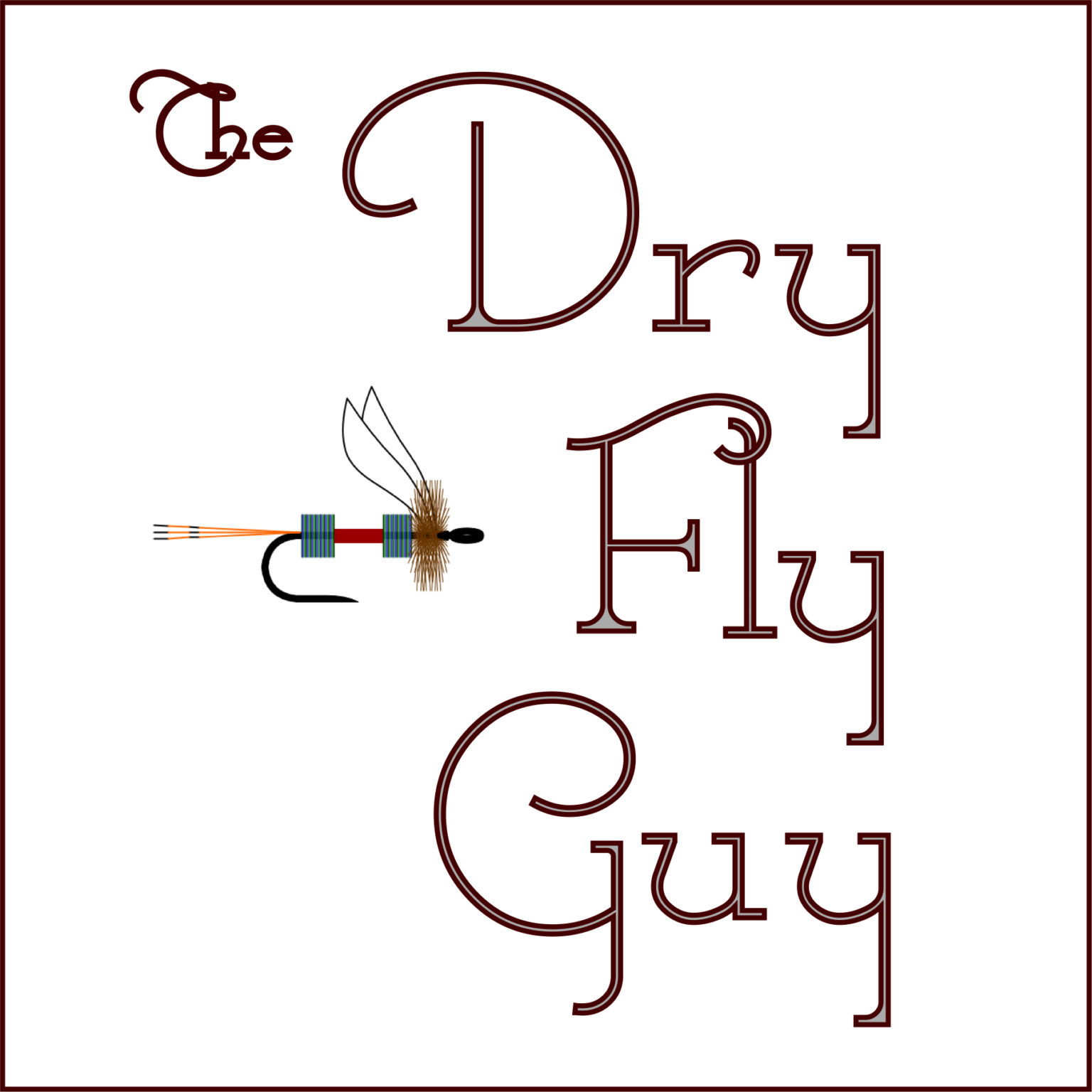A typical “fishing pole” is familiar to most people, and even without much thought, they have a pretty good idea of how it works. But let’s take a little closer look at how they function, so we can better understand why fly fishing is so unique, and why we would choose it over another method.
Typical fishing tackle (spin casting, bait casting, etc.) consists of a rod and reel with a relatively weightless line (“fishing line”) attached to it. A “weight” in the form of a lure, bobber, lead sinker, etc. is tied to the end of this line, and then (in essence) “thrown” out into the water using the rod as an extension of the angler’s arm. The angler can then use the attached line to retrieve the “weight”, hopefully with a fish attached. This “throwing” of the weight that carries the line out into the water is known as a “cast”.
“… He told us about Christ’s disciples being fishermen, and we were left to assume, as my brother and I did, that all first-class fishermen on the Sea of Galilee were fly fishermen and that John, the favorite, was a dry-fly fisherman.”
Norman Maclean – A River Runs Through It
If you have ever tried to throw a feather, you know that it doesn’t go very far, and it certainly can’t pull even the thinnest of lines along with it. But in essence, throwing a feather is exactly what you are trying to do when you attempt to cast a dry fly. So the question is: How can we throw (cast) a feather?
They say that necessity is the mother of invention, and that is likely the case when it comes to fly lines. Far back in fly fishing’s past, someone developed the idea of using a line that could be cast by itself, and this relatively “heavy” line would be able to pull the “weightless” fly right along with it, instead of the other way around.

To help provide you with a better understanding of this method, let’s consider an analogy that will perhaps be easier to relate to. Let’s assume for a moment that you tie a feather to one end of a short piece of kite string. You then tie the other end of the kite string to the end of a leather whip. Now if you “crack the whip” the kite string and feather simply go along for the ride.
To “crack” the whip you move the handle forcefully in such a way that it causes the leather “line” of the whip to form a hump or “loop” that moves out away from you until it reaches the thin end of the whip and “cracks” right where the kite string is tied on. Now if you do the exact same thing with less vigor, but still sufficient power to cause the loop to rollout more slowly to the end, the whip will just give a quick “flick” to the kite string and feather. There will be no “crack” and the whole thing will just fall to the ground in a straight line going away from you.
Now if this whip happens to be twenty feet long, then that feather is also now twenty feet away from you. In other words, you just “cast” a feather twenty feet! But you didn’t throw the feather, you “threw” the line (whip). The feather was simply carried out by this slower, less forceful unrolling of the whip, and that is the very principle we use when casting a fly line.
Now whips and kite string scare fish when they fall on water, so more delicate fly lines were developed for the very purpose of forming a loop that will roll to the end of the line, and carry a relatively weightless fly along with them. At first these lines were woven from horse hair, then silk, (which is still used today) and now made from modern textiles (plastics). (For more on fly lines go here: Puzzle Pieces)

As you can see, the two casting methods I’ve described are the exact opposite of each other in how they achieve the delivery of a hook to where a fish can “eat” it. One method uses the terminal tackle (lures, bobbers, lead, etc.) to pull the line out, and the other uses the line to pull the terminal tackle (a fly) out. Since fly fishing is the only form of fishing that requires you to cast the line and not the “weight,” this is what truly differentiates it from all the other forms of fishing.
So why should you fly fish? Well, I believe it is a matter of choosing the right tool for the job. You can hammer a nail with a screw driver, but why should you when you can use a hammer? But if you need to turn a screw… That’s almost impossible to do with a hammer and you need a screw driver! Likewise, you can cast “weighted” terminal tackle with a fly rod, but why should you when you can use a spinning rod? But if you need to cast a “weightless fly”… That’s almost impossible with a spinning rod, and you need a fly rod.
In my opinion, the unique nature and challenge of fly fishing is the most elegant, appealing, challenging, and frustrating form of fishing with a rod there is. And dry fly fishing is the absolute pinnacle of this casting application. With a fly rod, casting is no longer just a means of getting a hook in the water. It’s an activity in and of itself, and offers a variety of approaches and opportunities for creative expression. It’s artistic fishing, and requires more skill, coordination, and discipline to execute properly and effectively. Yet even with this complexity, it is also calming, meditative, and just plain fun to do.
~ DFG


